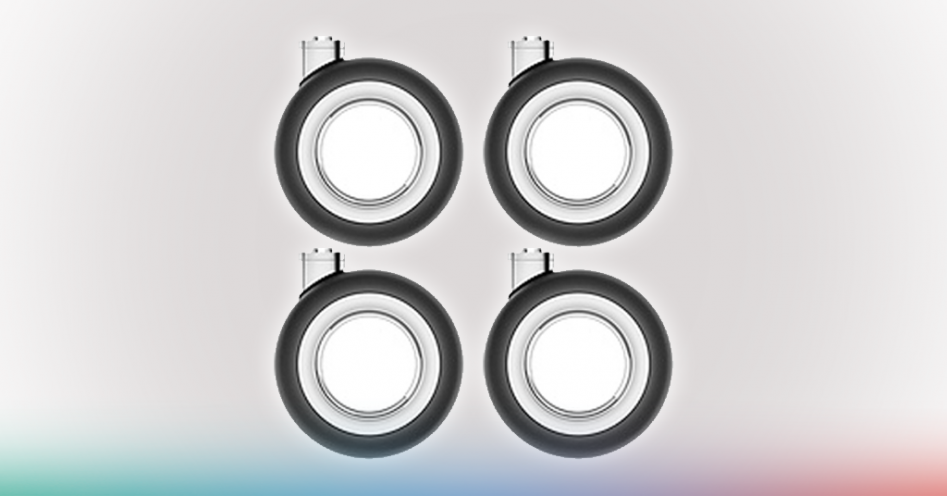Recently Apple launched its Mac Pro Wheels. Great! Now I can wheel around my $10k computer just for the measly cost of $700.
But maybe this isn’t as mad as it sounds. Apple has a certain reputation around high end and luxury electronics. It’s one of the reasons consumers flock to buy the new iPhone every year - a status symbol. This isn’t the first time that Apple has released a product that just seems insane.
Remember when the Apple watch first came out? Well, you could buy a solid gold 1st generation Apple watch. For the small price of $10,000-$17,000. To put this into perspective when the watch first launched in 2014 it ranged from $269-$399. The watch would go on to stop receiving software updates just 3 years after it came out.
The Apple Picture Book
A product you may not have heard of or simply forgotten about - Apple Picture Book. Yes, they sold a picture book for $300! It literally just contains photos of their products. It’s a sort of “history” book for Apple products, starting with the iMac from 1998 and ending with the 2015 Apple pencil. Perhaps a true reflection to your dedication to the Apple ecosystem is displaying this proudly on your bookshelf.
Or perhaps you would prefer a $1000 monitor stand for your $5000 monitor.
But why? Apple makes these products not for profit, although they probably sell more than you thought, but to maintain a brand image. If you think of Apple, you probably think about their design, the build quality of products but also the high-end luxury brand.
Costly mistake or clever marketing?
All the items listed above are the definition of a luxury item. The Mac Pro for example cannot operate unless it’s plugged into the wall. Therefore, if you wanted to buy the Mac Pro wheels to wheel it around as you use it, you simply can’t. The actual need for this sort of item is just not a thing.
Products that are as unnecessary as they are expensive serve to create a feeling of prestige. This sort of perception is very important to a brand such as Apple.
When you buy an Apple product, you’re not just buying a piece of tech, you’re also buying into an “exclusive” club of people who can afford unnecessary luxury items like $700 wheels or a $300 picture book. This is an image that Apple has carefully built up and continues to maintain over time by producing products such as those mentioned.
iPhones are everywhere…
If you walked into a secondary school and asked to see what phones the children have, you can be confident that most of them will have an Apple logo. This is because most of their products are not high-end luxury devices but consumer electronic devices. For less than the Apple wheels you could buy an iPad, iPhone, AirPods or an Apple watch. Most of their products are under the crazy $700 asking price of the Mac Pro wheels.
Apple also gains a lot of media attention from having these absurd prices of mundane items. Critics and fans rush to their medium of choice to voice their hate or love of the new items. Even if the products do not sell that much, the value in brand exposure they receive is worth more than what they’ll make.
But does Apple know best?
These products seem absurd to the average consumer. Screaming “Why would anyone ever buy $700 wheels for an item that cannot move!!” but as you go to Twitter to complain you are playing right into their hands. $300 picture books and $1000 monitor stand that lack basic features are not intended to be best sellers. They help boost their portfolio and hopefully lead you to believe Apple is a different brand to what they are - consumer electronics.
Apple is one of the most successful companies the world has ever seen with a market value of $1,285.5B. Chances are, if they’re doing something that seems stupid - it probably isn’t.
Software Developer
Tom is an apprentice APL developer. He was born in Haywards Heath and has grown up in Southwater. At college he studied I.T, Media Studies and Sport BTEC where he realised that he was interested in software. After finishing college he started his career as a Mobile Application Tester before moving into an apprenticeship in software development. More about Tom
Ask Tom about Software Solutions

